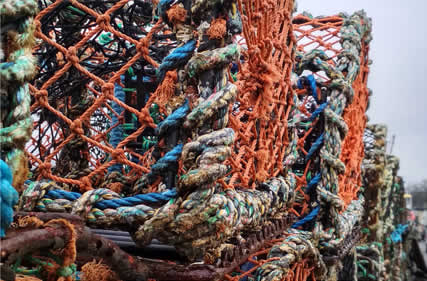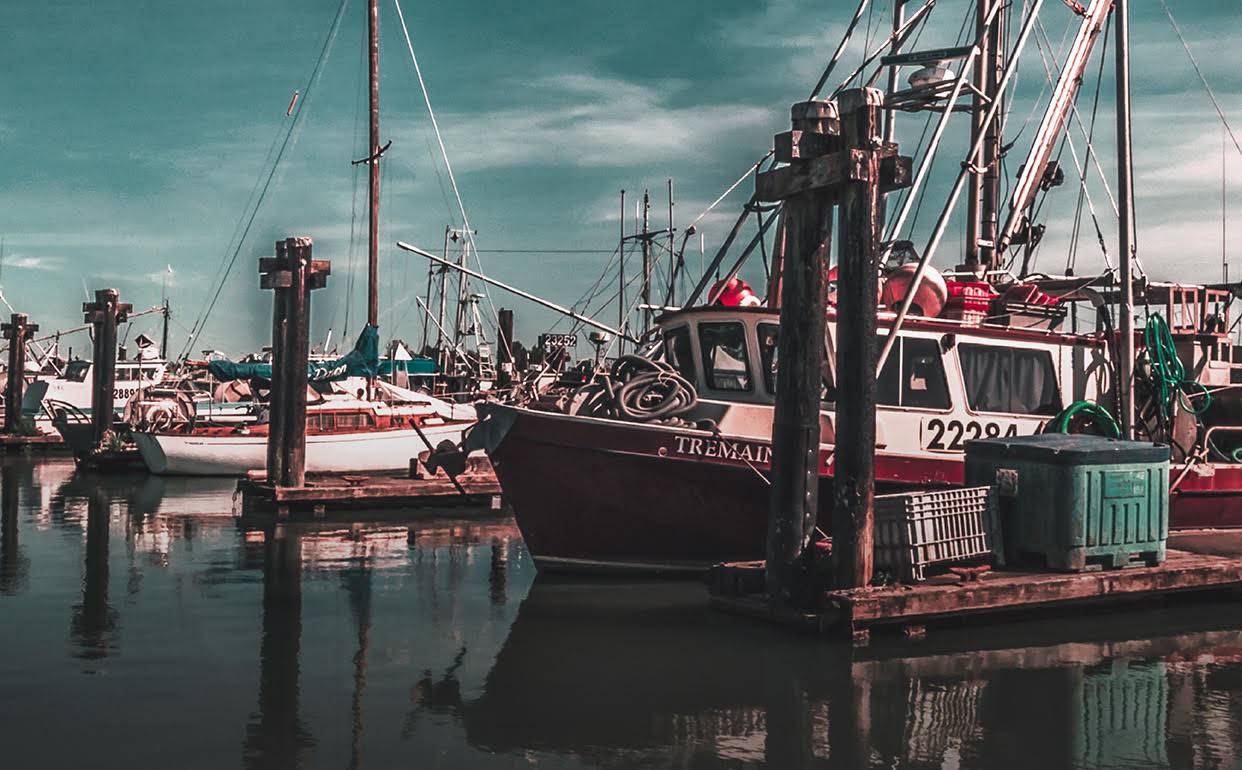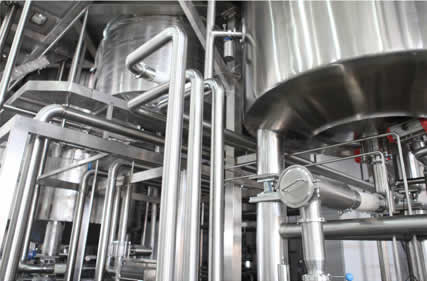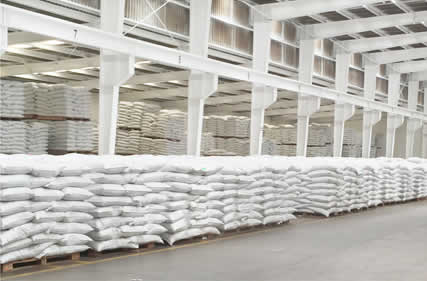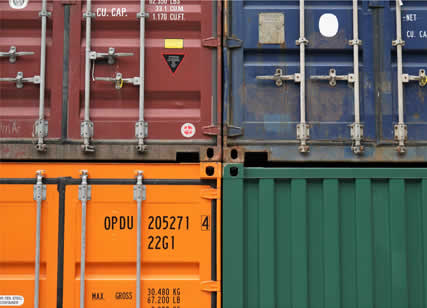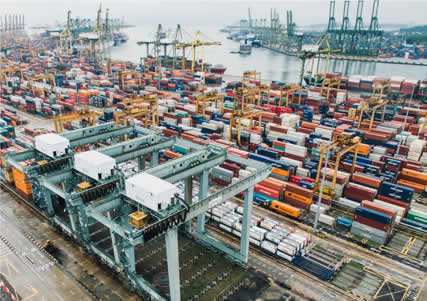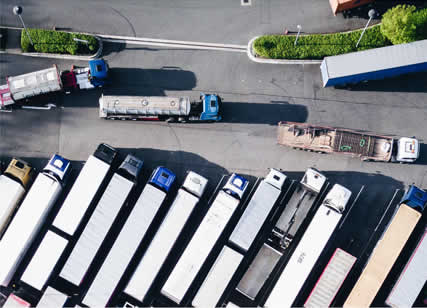Our commitment to our clients involves a full understanding of each step of fishmeal production, which is briefly summarized below.
Catching
Fishing occurs in government regulated areas and approved times during the year. Fishing vessels are often checked upon landing and monitored for the type of fish caught, size and the amount. Fish that can be used to make fishmeal include anchovy, sardine, jack mackerel, herring, menhaden and pilchard.
Processing
The shorter the time from catching to the plant ensures a fresh supply of fish which helps preserve the freshness and quality. The fish is then cooked, pressed, dried and finally ground to make fishmeal. Fishmeal is sampled and analyzed for its chemical composition and microbiological organisms for quality control.
Handling
Fishmeal is bagged in polypropylene bags, labelled and stored in stacks. During handling, hygiene is important to ensure that there is no cross contamination.
Loading
The container is inspected and disinfected by a third party surveyor prior to loading. Fishmeal bags are sampled to form a sample composite for a final chemical and microbiological analysis. The bags are tallied and weighed before loading into the container. The container is then fumigated prior to being sealed. After the analysis is completed by a third party surveyor, a certification of the lot is produced.
Logistics
The fishmeal is transported in certified and reputable containers. Our experienced logistics team work diligently and efficiently to ensure that all orders are timely no matter what type of shipping the client requests. We have experience in breakbulk and container shipment and can offer recommendations on the type of shipment that best suits your needs.
Unloading and Transport
Unloading is supervised into a secure warehouse according to producer and quality. The fishmeal is then delivered to the client.
